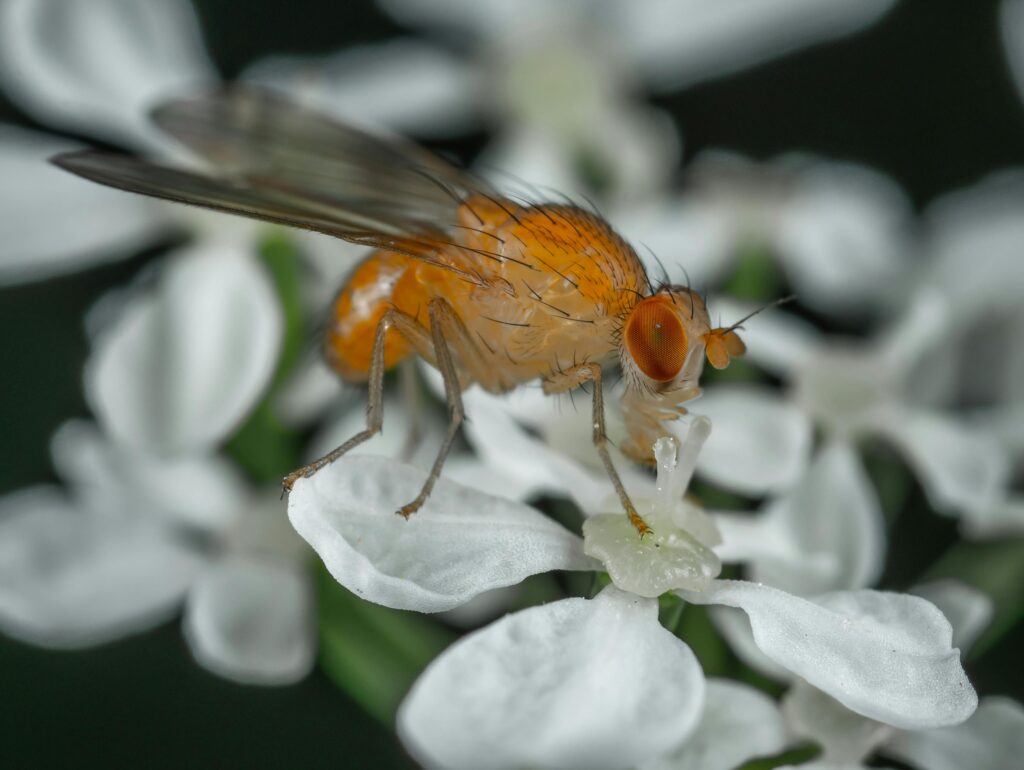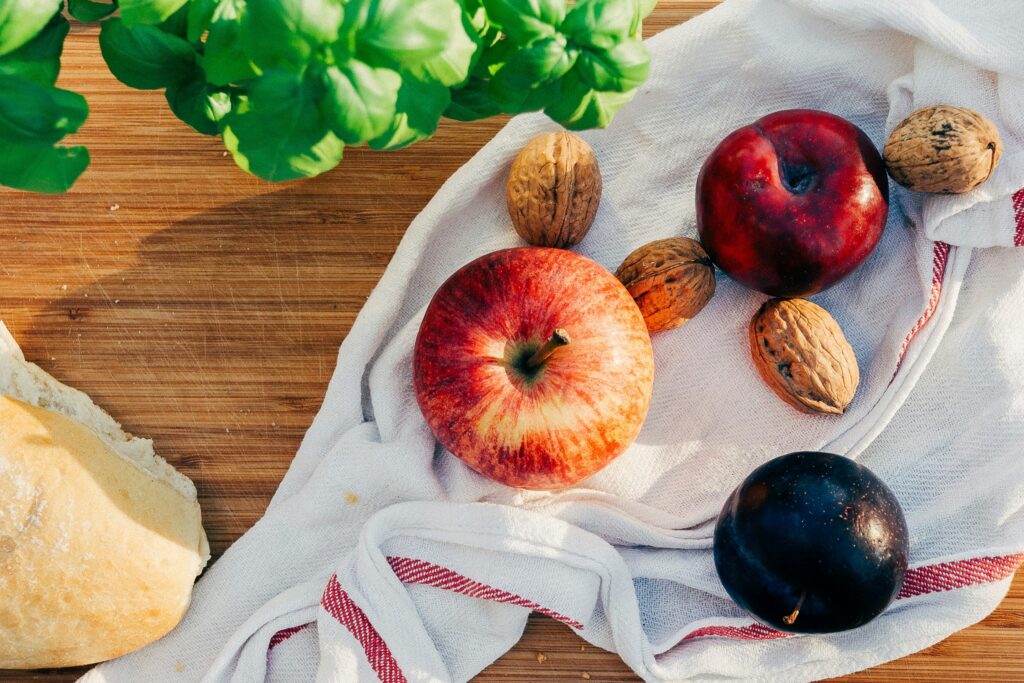
Fruit flies are tiny tormentors that can turn any DIY fruit fly trap into a graveyard of pests. With their knack for rapid multiplication, fruit flies require diligent trapping to control populations and prevent infestations in households and orchards.
A single female vinegar fly can lay 500 eggs in her brief two-week lifespan. Given the right conditions, just a few flies sneaking in on harvested produce can explode into an infestation within days. While they rarely damage fruit directly, these pests facilitate the spread of bacteria and fungi that accelerate decay. Their persistence and ability to spread disease make controlling fruit fly populations a necessary task.
Though tiny, fruit flies inflict considerable economic damage by promoting spoilage and contamination. A study from the University of California San Diego found that Drosophila suzukii, an invasive fruit fly species, costs U.S. agriculture over $700 million annually. Keeping produce free of flies preserves both quality and profit margins.
For households, a fruit fly invasion can lead to disgust and dismay when opened fruit turns out to be teaming with maggots. Thankfully, there are approaches available to protect precious produce without resorting to heavy pesticides.
From trapping to sanitation, this article will explore simple fruit fly trap DIY strategies using common household items. With some knowledge and persistence, it’s possible to stem the tide of these frustrating fliers.
While preventing infestations is the first line of defense, fruit flies are such prolific breeders that most homes will witness some activity during warmer months. The keys are early awareness, targeted DIY fruit fly trapping, and blocking breeding sites.
With small steps that are safe for families and the environment, fruit fly populations can be minimized without harming beneficial pollinators. For those seeking to enjoy fresh, fly-free fruit, a number of effective DIY trapping solutions await.
Understanding Fruit Fly Behavior and Breeding

One of the keys to effective DIY fruit fly trapping is knowing what attracts these pests in the first place. The most common fruit fly species found in homes are the vinegar fly and the spotted wing fly. Both target ripening produce, but they have slightly different attraction triggers.
Vinegar Flies Zone in on Fermenting Foods
The tiny vinegar fly is magnetically drawn to the scent of fermenting fruits and vegetables. This is why they congregate around produce that is overripe or starting to rot. Fruit flies lay masses of eggs on the surface of decaying produce, providing an instant food source when larvae emerge. With rapid development from egg to adult in 8-10 days, populations can explode in size very quickly if left uncontrolled.
- Life cycle spans just 1-2 weeks
- Female lays approximately 500 eggs
- Complete development from egg to adult in 8-10 days
- Drawn to fermenting produce and spilled juices
Spotted Wing Flies Also Damage Fresh Fruit
In contrast to vinegar flies, the invasive spotted wing fly will damage fresh, unblemished fruit by laying eggs under the skin. Cherries, berries, and stone fruits are among their favorite targets. Ripe fruit left on trees and vines risks infestation, allowing flies to complete their life cycle within ripe produce ready for harvest.
- Originated in Asia, now found across the U.S.
- Females lay eggs in fresh, intact fruit with ovipositor
- Maggots develop inside fruit flesh, causing decay
- Attracted to ripening fruit on trees/vines
By understanding what life stage and food source fruit flies target, DIY trapping strategies can be tailored for better control.
Preventing Infestations
With fruit flies able to reproduce at an alarming rate, prevention is critical to avoiding infestations. Several habits can be adopted around the home to deny flies the ideal conditions they need to thrive.
Proper Produce Storage and Removal
Flies are unable to breed without access to suitable food sources. Promptly storing ripe fruits and vegetables in the refrigerator removes the fermenting produce flies seek. Overripe produce should be disposed of in closed containers to eliminate any developing larvae.
Sanitation and Cleaning

Fruit flies can detect even tiny spills and residues left on surfaces and containers.
- Clean up messes and spills right away
- Rinse containers and bottles immediately after use
- Take out the trash regularly
- Wipe down recycling cans before putting them out
Tight-fitting lids should be used on recycling and waste bins. This removes access to fermenting juices that accumulate at the bottom of cans.
By limiting food availability and breeding spots through diligent sanitation, fruit fly populations struggle to build up. Pair these prevention habits with DIY fruit fly traps, and infestations can be avoided.
DIY Fruit Fly Traps
For fruit flies that still slip through preventative measures, DIY fruit fly trap solutions present an effective and affordable control option. Homemade traps take advantage of flies’ attraction to fermenting produce and their small size to capture them.
Vinegar and Dish Soap Jars
A simple jar trap starts with apple cider vinegar, which lures flies in with its fruity, fermented scent. Adding a small amount of dish soap causes flies to sink once inside.
- Poke holes in the lid for entry
- Mix apple cider vinegar and dish soap
- Flies attracted to the vinegar smell
- Soap reduces surface tension so flies sink
Wine or Yeast Bait Traps
Other fermented liquids like wine or fruit juice work well too. For a yeasty scent, combine water, sugar, and yeast to replicate ripening produce. The same soap formula causes flies to drown.
Funnel Traps
Plastic wrap poked with small holes makes a trap lid that lets flies in but not out. The funnel shape prevents escape and contains flies for effective trapping.
With some simple homemade traps, fruit flies can be captured without using pesticides or expensive commercial products. DIY traps allow for strategic placement around problem areas in the home.
Commercial Traps and Natural Pesticides
For severe infestations, stronger commercial options beyond DIY traps may be needed. While natural and organic methods are ideal, sometimes ready-to-use traps or natural pesticides offer the most effective solution when dealing with prolific fruit fly populations.
Ready-to-Use Traps
For those needing a quick and hassle-free solution to persistent fruit flies, ready-to-use traps like the Natural Catch Plus Fruit Fly Trap are a convenient option. This trap is pesticide-free, discreet, and utilizes a non-toxic, vinegar-based attractant to lure flies in.
Once trapped, flies can’t continue breeding, disrupting their life cycle. It’s effective for 30 days and can be placed strategically around problem areas like fruit bowls, sinks, or drains.
For severe infestations, using multiple traps in known breeding spots can help bring the situation under control.
Check out the Natural Catch Plus Fruit Fly Trap on DoMyOwn
Natural Microbial Pesticides
For extensive infestations, natural microbial pesticides may provide the most effective option despite drawbacks. Bacillus thuringiensis israelensis (BTI) utilizes bacterial spores that specifically target fly larvae when sprayed onto breeding sites. However, microbial pesticides should still be used judiciously to minimize environmental impacts.
With knowledge of fruit fly habits and vulnerabilities, populations can be controlled through trapping and prevention. A combination of sanitation, DIY traps, and properly used natural controls can rid homes of these frustrating flies for good.
Eliminating Annoying Fruit Flies for Good with DIY Traps

After reviewing the key facts and insights on fruit fly prevention, it becomes clear that a bit of knowledge and perseverance can help gain the upper hand against these pesky insects. Given their astonishing reproductive capabilities, even a small foothold of flies can swell into a maddening infestation if left unchecked.
However, through fundamental sanitation practices and the strategic deployment of homemade traps and commercial controls, their numbers can be curtailed. With just a few handy ingredients, an effective DIY fruit fly trap can be whipped up in no time, offering an affordable pesticide-free solution.
At its core, the importance of fruit fly management comes down to avoiding ruined, contaminated produce. Each tiny fly carries millions of bacteria that can hasten decay and spoil the flavor of whatever fruit they invade. For professional growers, flies lead to costly spoilage and rejected harvests.
In the home, they can turn a nice bowl of fresh cherries or berries into a nightmarish mass of writhing maggots. By disrupting breeding cycles, households and the agriculture industry alike can savor wholesome, fly-free fruits and veggies again.
So when those first few pesky fliers start buzzing around the fruit bowl, it’s time to take action. With some apple cider vinegar, a dash of dish soap, and an empty jar, an improvised fruit fly trap can be thrown together in minutes.
By combining homemade traps with consistent sanitation to eliminate breeding spots, a natural and eco-friendly remedy can be implemented. Though seasonal flies are unavoidable, proactive measures can prevent them from getting out of control.
Disclosure: This article contains affiliate links to products. We may receive a commission for purchases made through these links at no additional cost to you. All opinions are our own and we only recommend products we believe in that align with the topic and our readers’ interests.



